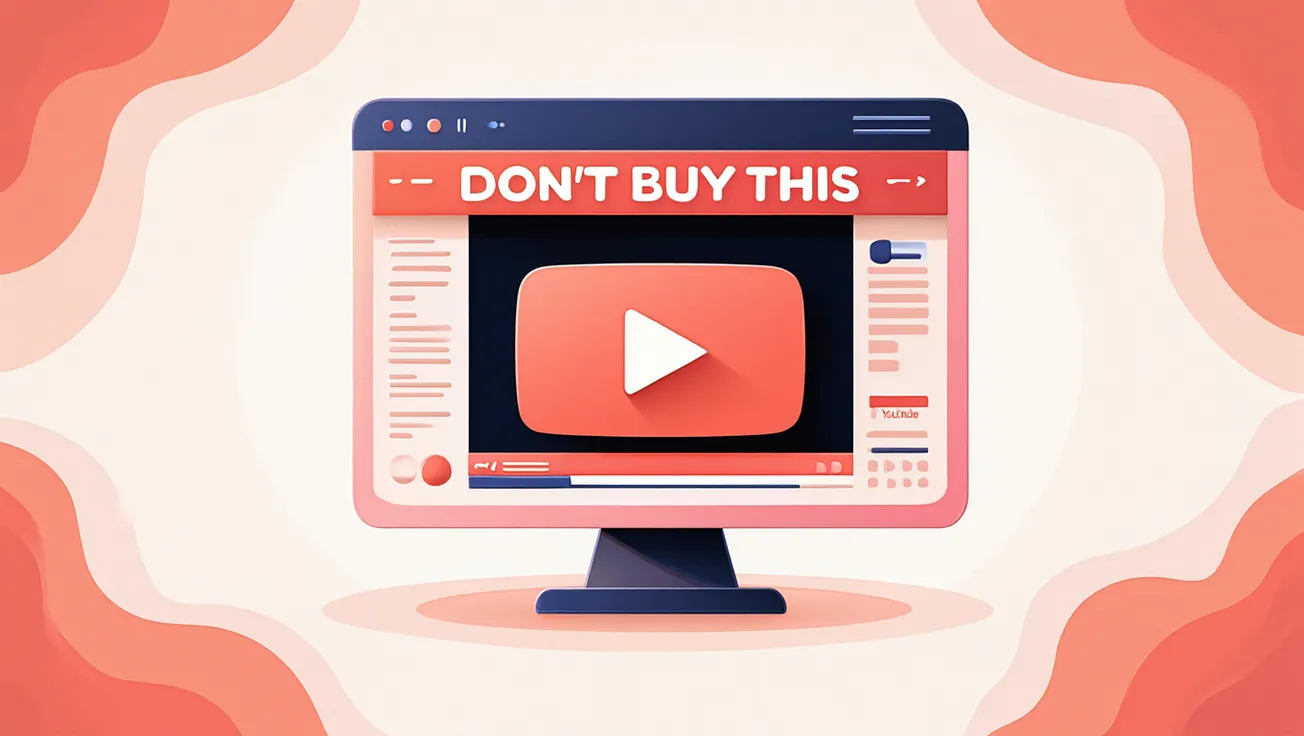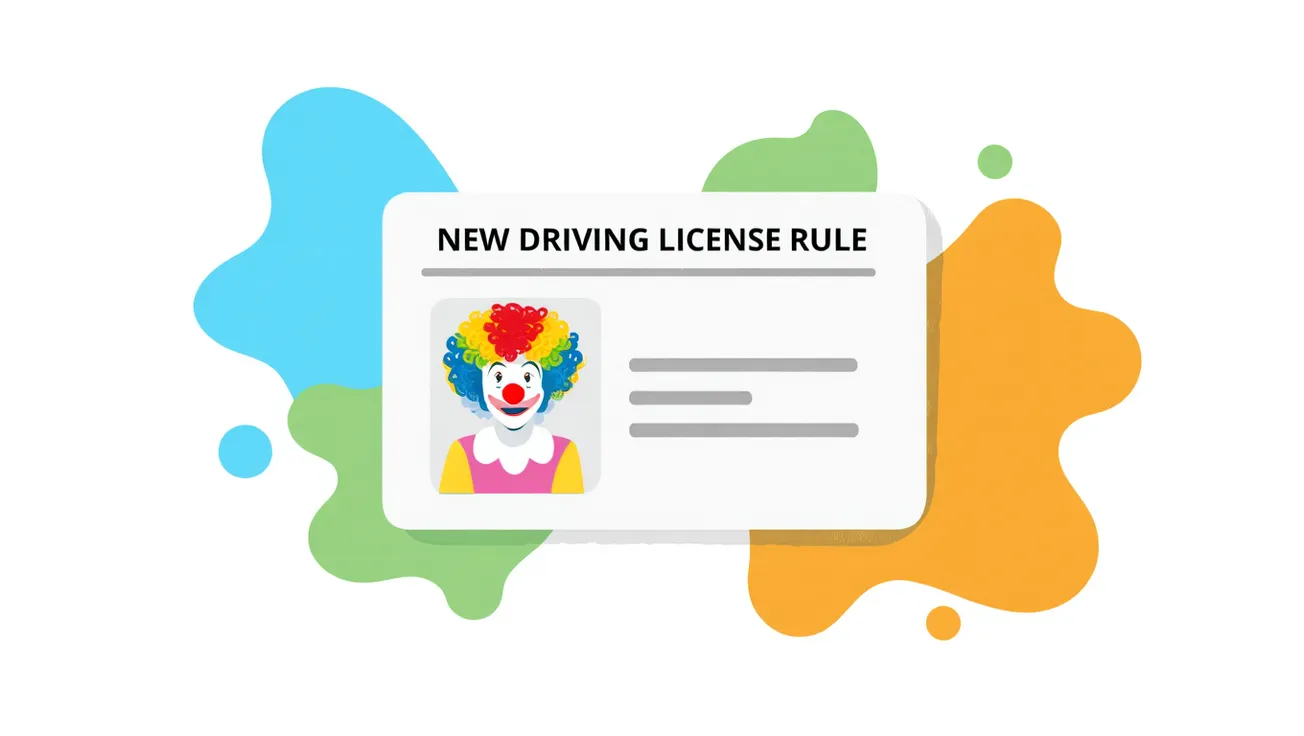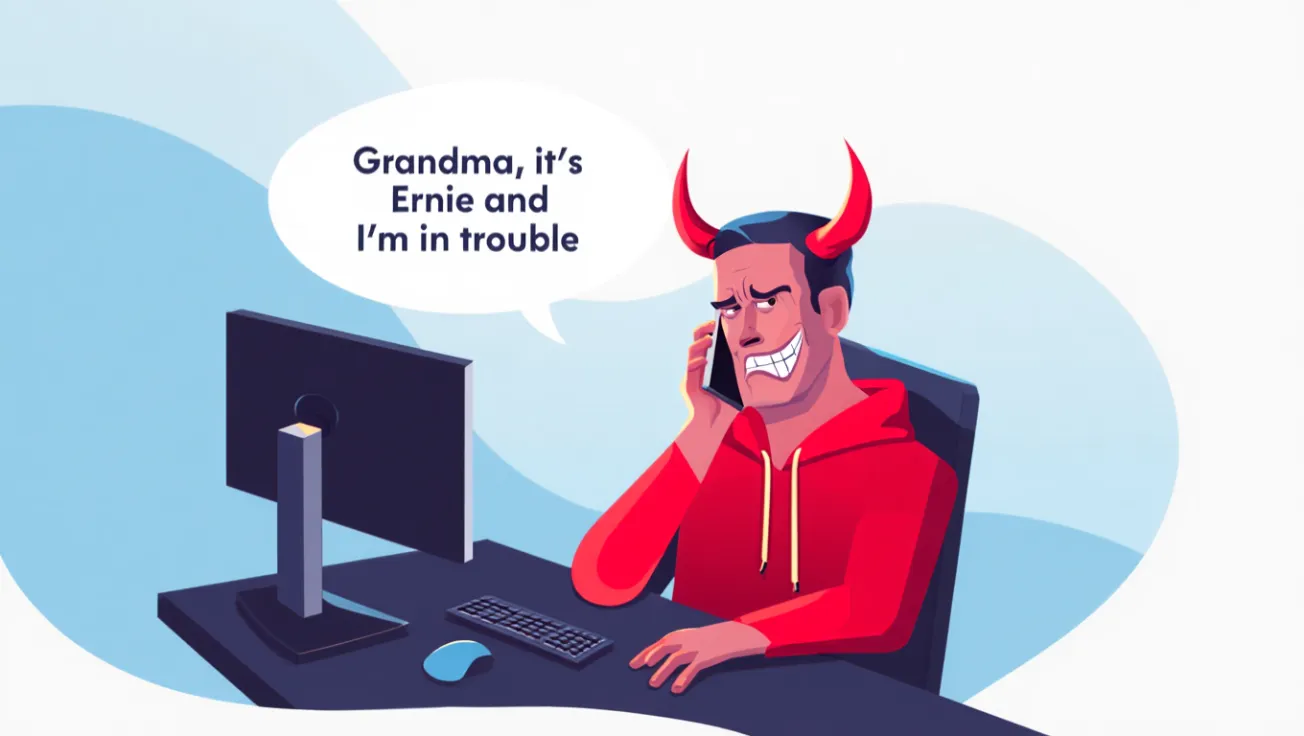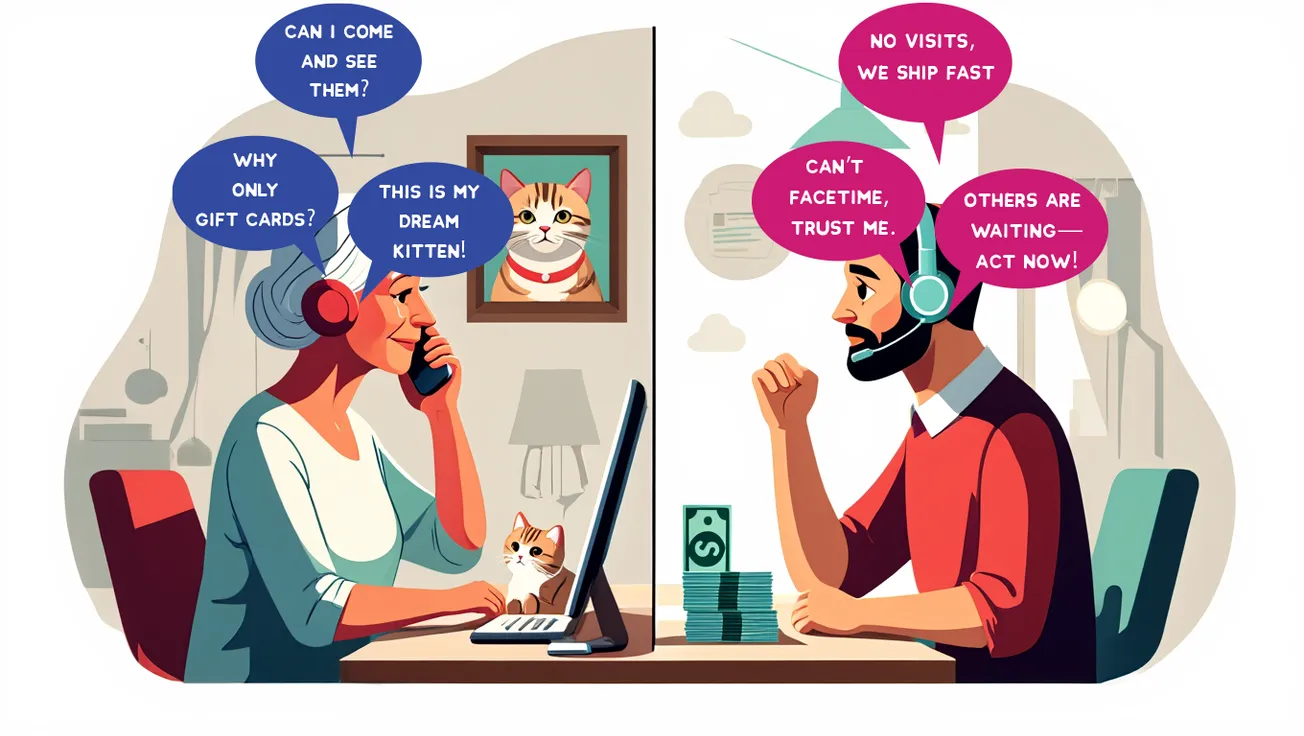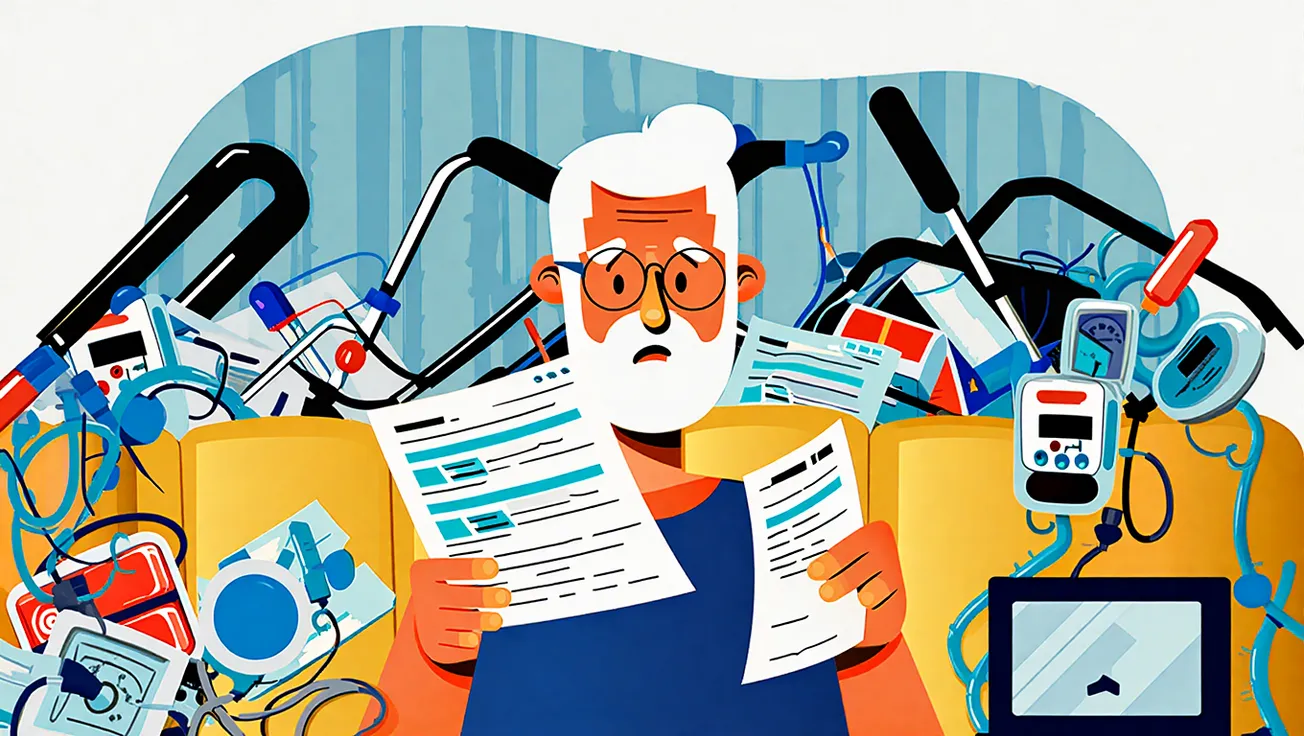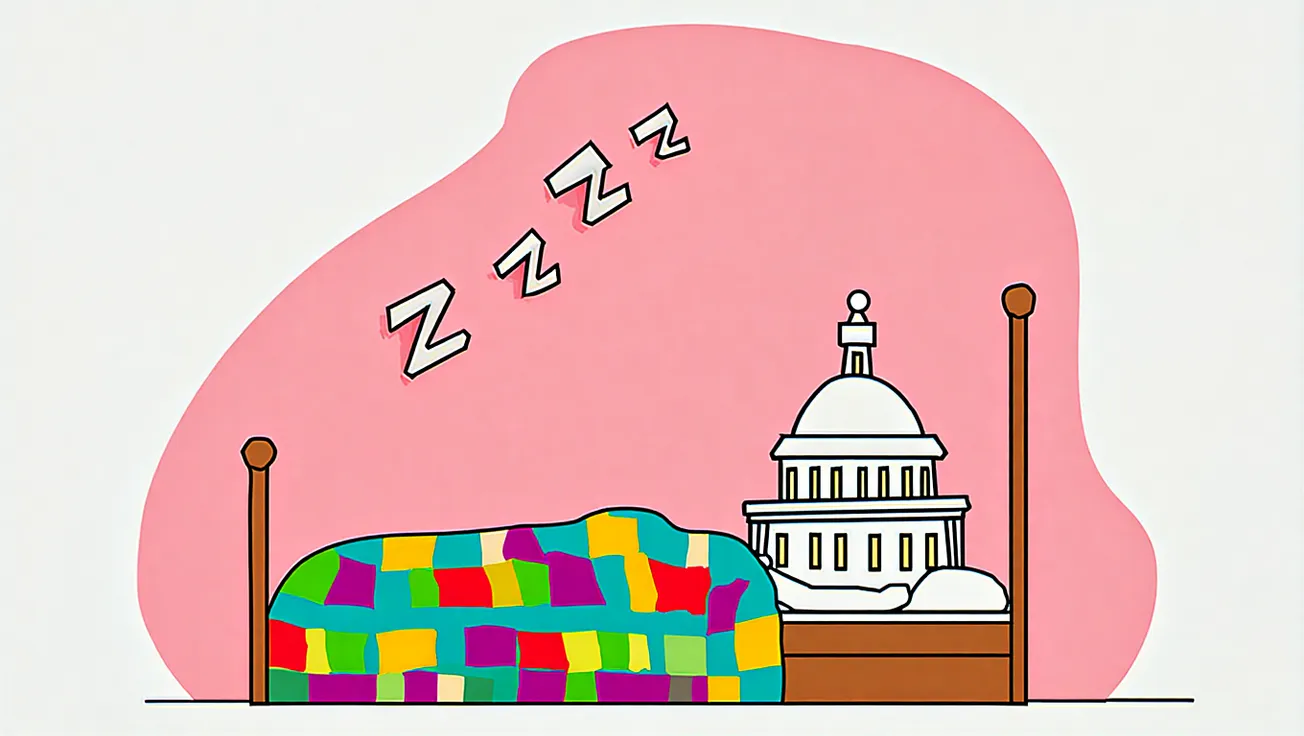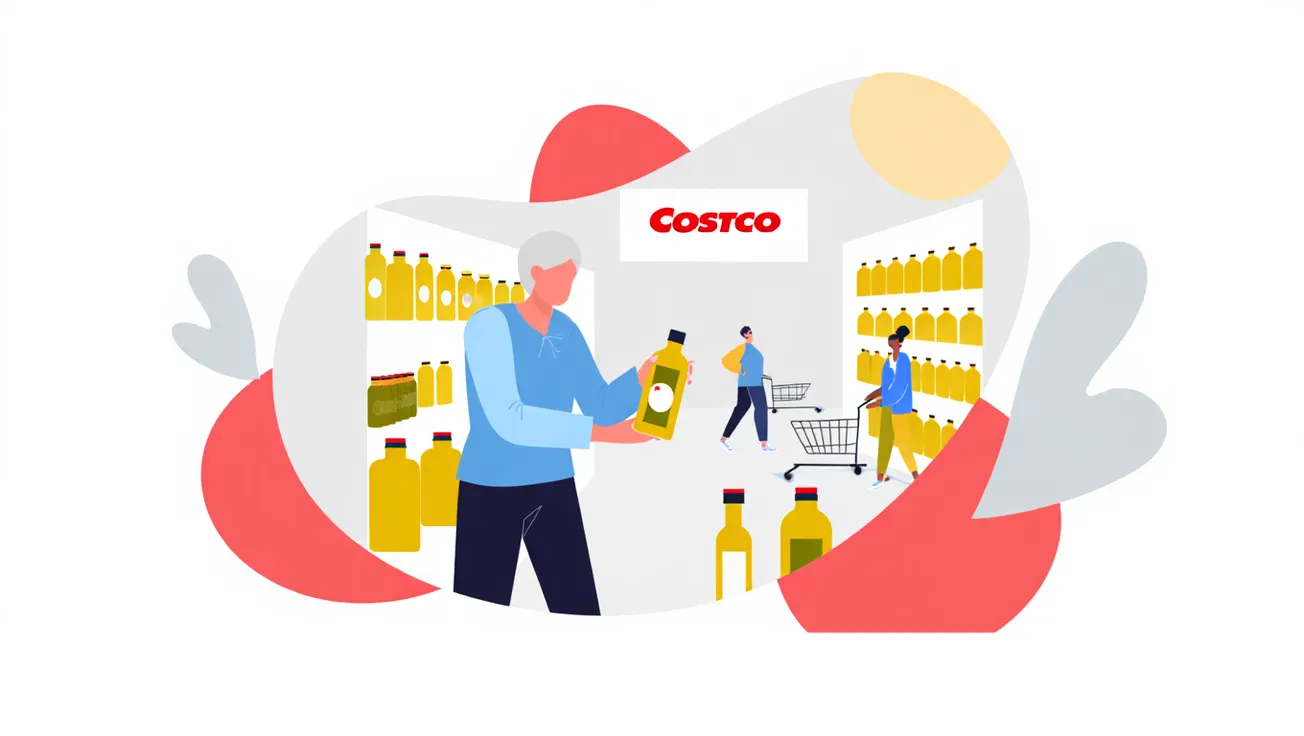The Takeaway
- “Don’t buy!” headlines are often not warnings — they’re marketing tricks.
- These clickbait phrases lure you in and flip the script to make a sale.
- Look for affiliate links, exaggerated claims, or “better alternatives” as red flags.
- Use tools like Fakespot or ReviewMeta to sniff out fake product reviews.
- Always double-check before clicking “buy” — especially when the headline sounds suspicious.
You’re sipping coffee, scrolling through reviews on your tablet, when a headline stops you cold: “Don’t buy this blender — until you read this!”
Naturally, your antenna goes up. Is it junk? A safety issue? A lemon in disguise?
Not quite. You click — because of course you do — only to discover the full post is actually a glowing review. Not only is the blender “totally worth it,” but the reviewer has conveniently included a link for you to buy it. And guess what? That link probably earns them a commission.
Welcome to the world of “Don’t Buy!” as a sales strategy.
Reverse Psychology Meets Affiliate Marketing
In the old days, a “Don’t Buy!” was a genuine warning — a message from a savvy shopper who didn’t want others to get ripped off.
Today, though? It’s often a hook. A kind of reverse psychology that pulls you into a blog post, TikTok, YouTube review, or “expert” listicle… only to pivot into a pitch.
The language has gotten trickier:
- “Why You Shouldn’t Buy Brand X (Until You See This)”
- “Avoid These Mistakes Before Buying [Product]”
- “Don’t Buy a Budget Mattress Before Reading This One Review”
These headlines make you think you’re getting inside intel. But more often than not, you’re being ushered toward a purchase, not away from one.
How to Spot the Trick
It’s not hard to separate the truth-tellers from the traffic-chasers. Here’s what to look for:
Affiliate Links Galore: If the page is packed with “Buy Here” buttons or links to Amazon, Best Buy, or Walmart, it’s probably monetized. That’s not always bad — but it means the writer has a stake in your decision.
Big Setup, Soft Landing: If a review starts negative but ends with “Actually, we love it,” that’s your bait-and-switch in action.
No Proof: Real product warnings include receipts, user photos, or evidence. Fake-outs? Just lots of adjectives.
Listicles That Never Say No: Many “don’t buy” articles just shift your attention to a more expensive or newer version — one that pays better referral fees.
What Smart Shoppers Can Do
- Cross-check reviews with trusted sources like Consumer Reports or Wirecutter.
- Use Fakespot.com or ReviewMeta.com to scan Amazon listings for inflated reviews.
- Look for forums like Reddit’s r/BuyItForLife for genuine feedback without sales pressure.
- Ask yourself: Is this reviewer trying to warn me… or earn from me?
Final Thought: If It Sounds Like a Warning…
These days, even “Don’t buy!” can be dressed up in a suit and tie and march you straight to the checkout.
That doesn’t mean you should ignore every red-flag headline — just recognize that marketing has learned how to look like a cautionary tale. And the smartest move you can make?
Trust your instincts. But verify everything.
Disclaimer: This article is for informational purposes only and does not constitute financial, medical, or legal advice. Always consult appropriate professionals before making decisions based on online reviews.


